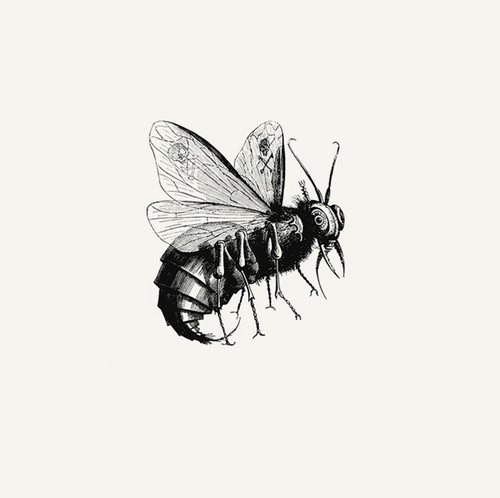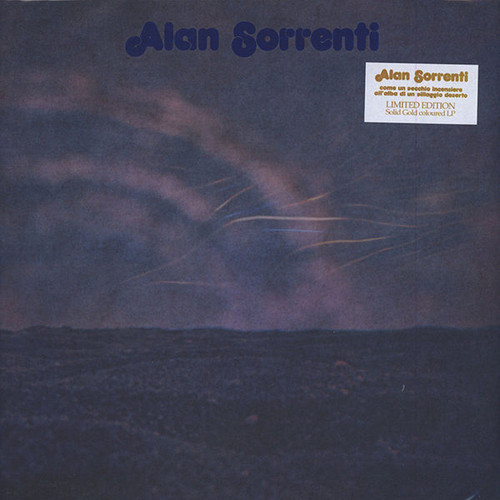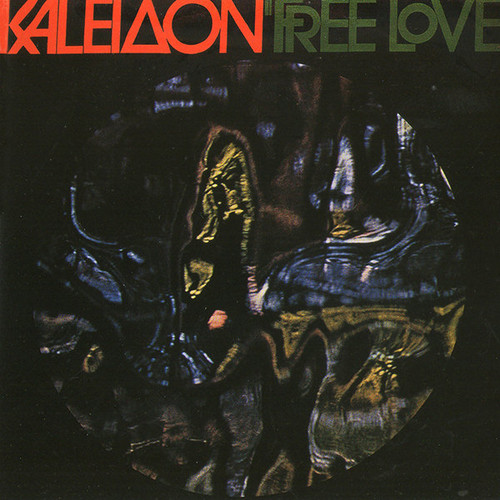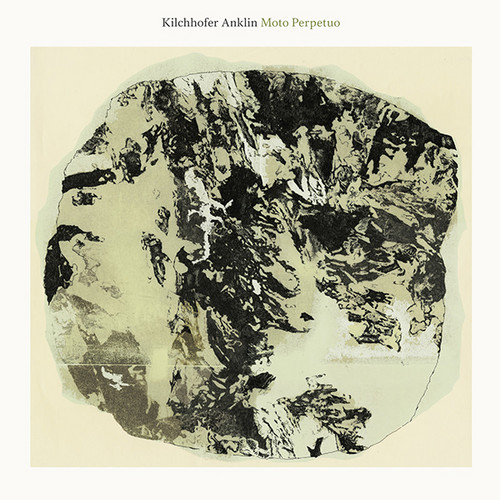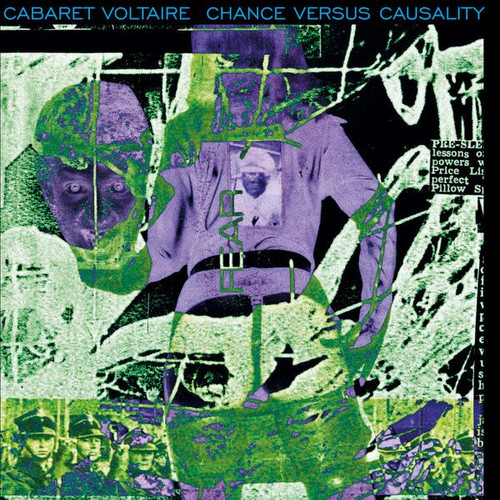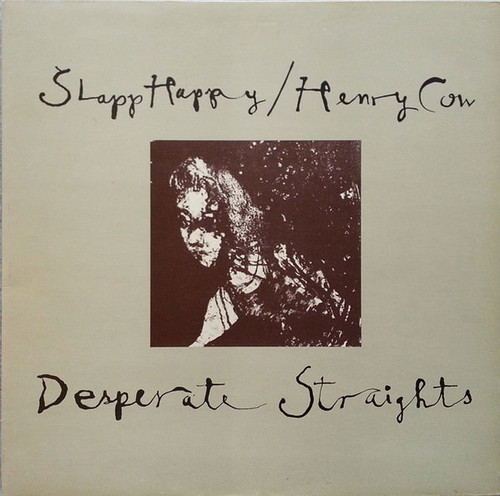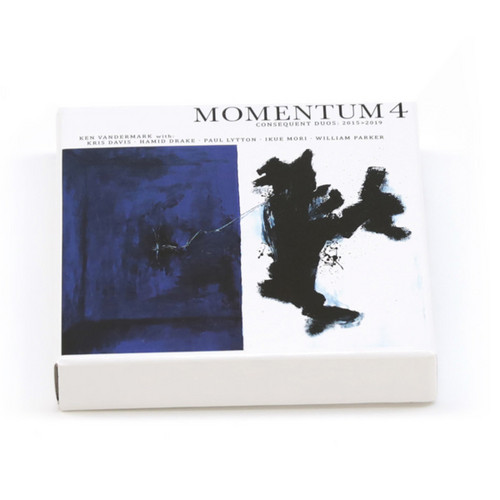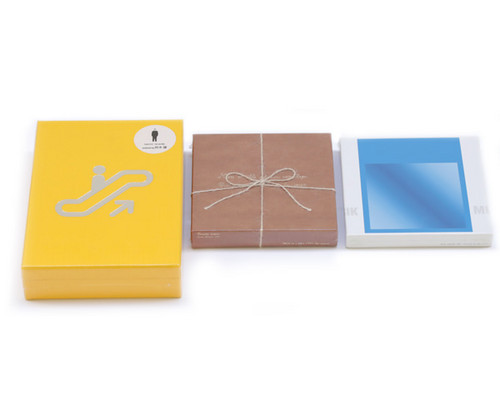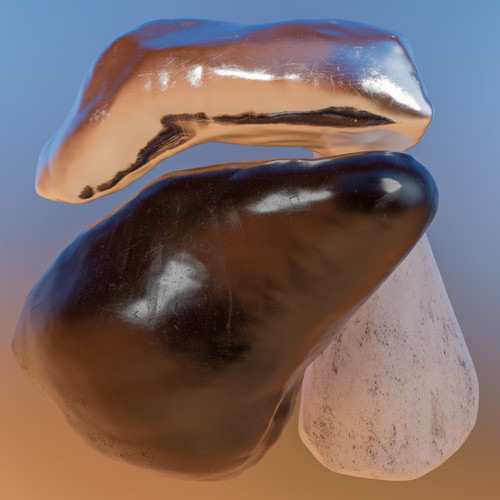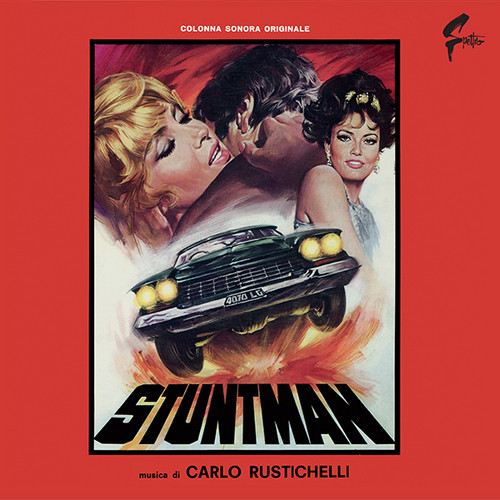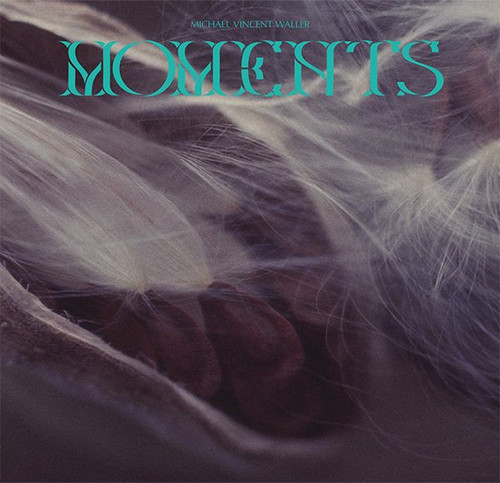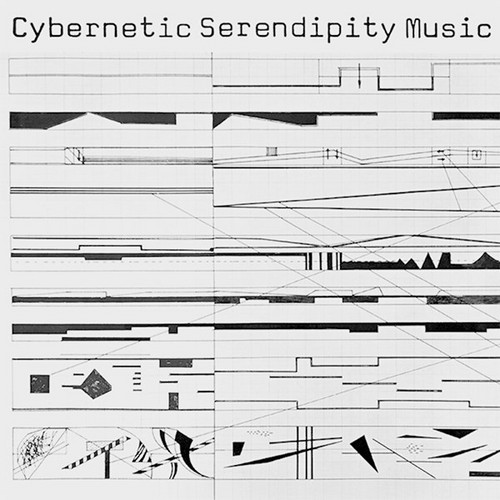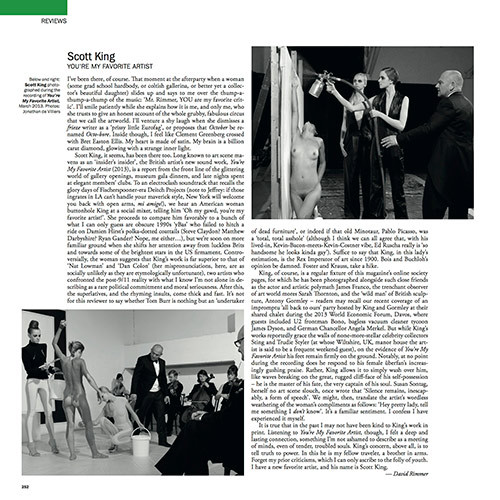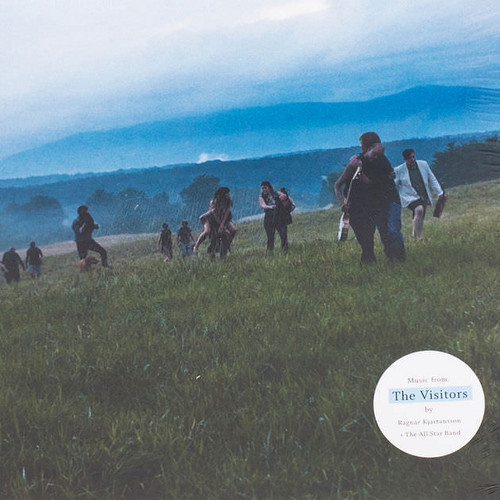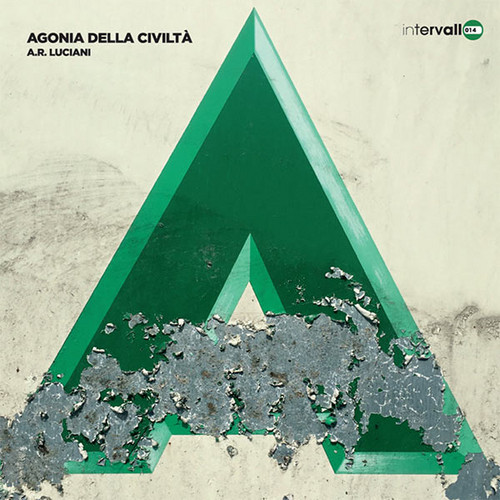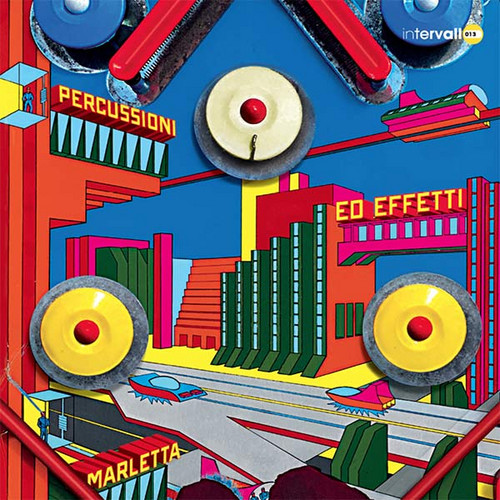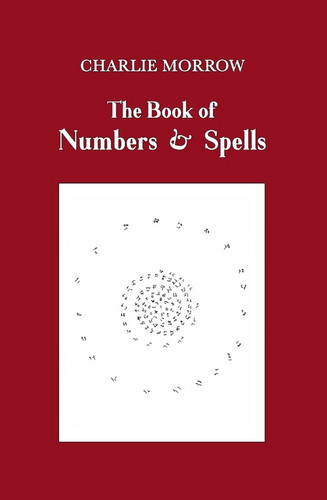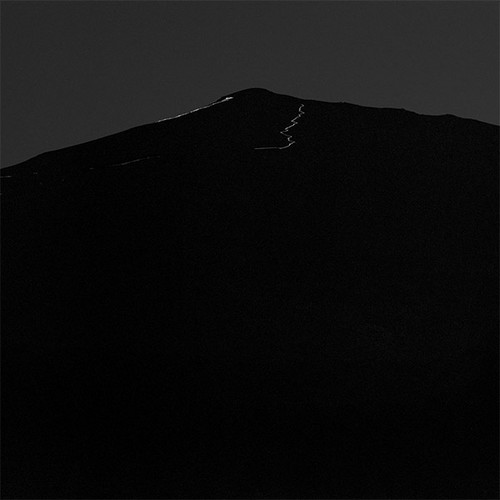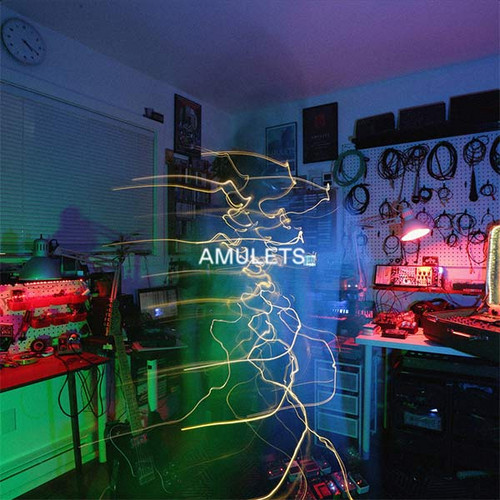Back in stock
Beelzebub
**Edition of 100 copies** A text and sound work released on 12” vinyl based on near-field recordings of febrile flies combined with texts by both Tobias R. Kirstein and Kasper Opstrup who researches on the occult, magic and radical countercultural movements. Originally a Philistine god, Beelzebub became a major demon in the Abrahamic religions. In Christianity, he is often portrayed as one of the seven princes of Hell, commonly representing Gluttony. Literally, the name translates according to t…
Come un Vecchio Incensiere all'Alba di un Villaggio Deserto
The Sorrenti brothers' musical careers, Jenny and Alan Sorrenti, have three elements in common at least: the unconventional use of the voice as an instrument, a wonderful debut album (respectively, the eponymous Saint Just's LP and "Aria") and the subsequent 'second album syndrome' that depicted their sophomore efforts as inferior to their predecessors, by an unfair and demeaning comparison. Sorrenti's voice and relatively sparse instrumental accompaniment are remarkable in how much they accompl…
Free Love
"Free Love", the only LP ever released by Kaleidon, is one of the many 'forgotten ones' from the Italian progressive rock era. The title "Free Love" takes its name from the eponymous band, 3/5 of which were North American musicians living in Italy. Free Love released two 45rpm's in 1970; the first one, "Sandy / Temple of Stone", highlights the remarkable ability of each individual component, if we also consider their young age. The second single contains the theme of the movie western "Roy Colt …
Moto Perpetuo
This is killer. Marionette starts off 2019 with an extremely special collaboration record by Kilchhofer and Anklin, titled Moto Perpetuo. Michael Anklin is a drummer and percussionist based in Switzerland. He’s involved in various bands, collaborations and interdisciplinary projects. Anklin has previously appeared on a few recordings from Kilchhofer's Album The Book Room. Kilchhofer uses his main instrument the modular synth in a more electroacoustic manner, where he derives and processes voltag…
Chance Versus Causality
Back in ’79, when Chris Watson was still a member of Cabaret Voltaire, the industrial pioneers wrote the soundtrack for Babs Mondini’s 16mm flick, ‘Chance Versus Causality’. 40 years later the near-mythical recording finally resurfaces on Mute’s Grey Area, and is certain to send Cabs fans reelingAs the legend goes, Cabaret Voltaire’s Chris Watson, Richard H. Kirk and Stephen Mallinder mets Babs Mondini after their legendary ’79 Brussels Plan K show on a bill with Joy Division and William S. Burr…
Desperate Straights
Desperate Straights was the first result of the historical meeting between Slapp Happy, the German/English Avant-Pop band and the apparently incompatible Henry Cow. Recorded at Virgin Record's Manor Studios in 1974 and properly re-mastered by Bob Drake, Desperate Straights stands as a real piece of Art from another time. A full set of great songs, including gems like "Bad Alchemy" and "Apes in Capes", arranged and performed by an amazing collective featuring Dagmar Krause's unique voice, Peter B…
Momentum 4 : Consequent Duos 2015>2019
**500 copies** A collection of duo recordings featuring Ken Vandermark in collaboration with internationally renowned, and critically acclaimed, musicians: Kris Davis, Hamid Drake, Paul Lytton, Ikue Mori, and William Parker. The material is documented on 5 CDs and was recorded during performances at Vandermark’s second Stone residency in New York City during January of 2018, and at Experimental Sound Studio in Chicago.The improvised music included is remarkably expansive, in terms of instrumenta…
Vanity Records 3 x Box Sets bundle
This bundle includes all three Vanity Records Box Sets, 19 CDs in total:- Vanity Box - Music Is Up and Down (11 CDs) / 500 copies worldwide- Vanity Tapes (6 CDs) / 300 copies worldwide- Vanity Records - Musik (2 CDs) / 400 copies worldwide
The Vanity Records box sets present a comprehensive anthology of releases by legendary Japanese DIY label Vanity, active in the late 70s and early 80s. It was conceived by Studio Warp, in collaboration with Agi Yuzuru and the whole roster of artists involved…
Chemical Flowers
Luke Younger yields his most engrossing work as Helm with the sorely romantic dynamics of ‘Chemical Flowers’, his follow-up to 2015’s ‘Olympic Mess’. Bolstered by J.G. Thirlwell’s rich string arrangements, it’s a hugely ambitious work that extends from whirling, panoramic vistas to insular, pulsing dynamics, somewhere between Earth, Oren Ambarchi, Keiji Haino and Actress. Recorded in long, sustained sessions in the Essex countryside, giving him breathing room from the choke of London, ‘Chemica…
Stuntman
LP Gatefold 180 Gram + Poster. The jazz beat soundtrack, composed by Maestro Carlo Rustichelli for the Caper / Crime Movie ”Stuntman” directed by Marcello Baldi in 1968. The film starred Gina Lollobrigida, Robert Viharo, Marisa Mell and Marie Dubois. The orchestra was directed in the studio by Bruno Nicolai, with the participation of Alessandro Alessandroni’s “I Cantori Moderni” (The Modern Singers) choir and was produced by Franco De Gemini. The first print of this soundtrack was released by CA…
Moments
In essence, the sound of the piano comes in two parts: its attack and its decay. The striking of a hammer is followed by the resonance of a string or strings. (Much the same might be said about the vibraphone, as it happens.) This dual quality of sound comes to mind when listening to Moments by New York-based composer Michael Vincent Waller. Performed by pianist R. Andrew Lee and vibraphonist William Winant, Moments − his third album, following Trajectories (Recital, 2017) and The South Shore (X…
Cybernetic Serendipity Music
The Vinyl Factory are excited to announce the reissue of the ICA's ground-breaking compilation Cybernetic Serendipity Music, originally released in 1968 to coincide with their exhibition Cybernetic Serendipity, which proved to be a landmark in the history of audio/visual art, and the first exhibition of its kind in the UK devoted to the relationship between music and early computers. Both unique and extraordinarily influential, Cybernetic Serendipity Music captured a nascent scene on the cusp of…
You’re My Favourite Artist
Limited edition of 300 copies. The Vinyl Factory has collaborated with legendary creative director and British artist Scott King to release his first record, an art-world send up and celebrity satire called ‘You’re My Favorite Artist’. Invited to make a record by The Vinyl Factory, Scott King recruited old friend James Fry (Earl Brutus), producer Tim Larcombe and singer Polly Martyn to create a song based on a real experience King had in New York.‘You’re My Favorite Artist’ is a dance track with…
The Visitors
The soundtrack to the globally acclaimed video installation ‘The Visitors’. Pressed on 180-gram heavyweight black vinyl. Vinyl housed in a stunning handmade five-panel 1200 micron duplexed sleeve showcasing the photographic stills of the band in situ at Rokeby Mansion and including multi-fold silk art liner notes by Canadian poet Anne Carson. "As with most of Ragnar Kjartansson’s performances and artworks, music and creative collaboration with his friends also play a crucial role in ‘The Visitor…
Agonia della civiltà
**300 copies** The great fame of Antonino Riccardo Luciani, a musician and composer from Palermo, is due above all to his work for television and to one in particular, namely the music for the Almanacco del giorno dopo (Almanac of the Coming Day), a famous program that has been broadcast on the first channel of RAI - Italian Television for over twenty years. Chanson Balladée, this is the title, is for many people an indelible memory of a television now disappeared and radically changed, for whic…
Percussioni ed effetti
**300 copies** As often happens in the case of library music albums, even in Leonardo Marletta's one and only record in his career, the titles serve above all as sound indications, as if they were listening guides. In Percussioni ed effetti (Percussion and Effects) we find a vast array of atmospheres, well explained and illustrated by titles such as Violenza (Violence), Guerriglia (Guerrilla Warfare), Allucinazioni (Hallucinations), Compulsioni (Compulsions), Battimenti (Beats), Sospensioni (Sus…
The Book of Numbers & Spells
Limited edition of 100; hand numbered in red ink. "The Book of Numbers and Spells is multi-hatted composer and inventor Charlie Morrow's first book. Number and letter games bejewel the pages of this anthology (pulling pieces and writings from 1974 to 2019). These works are largely text scores. It wasn't until I saw Charlie perform 'Ten the Long Way' with a room full of participants that the performative power became clear to me. Chanting numbers: the meditative, transparent, and unifying joy th…
The Birthday Party
On first hearing, the piano music of Peter Garland (b. 1952) creates a feeling of dislocation, then astonishment: It is so very different from the contemporary concert music we are familiar with. The composer's intent, his emotional directness is immediate -- despite the unusual sound world and different sense of time that these pieces exhibit. The three pieces on this CD, 'The Birthday Party' (2014), 'Blessingway' (2011-12) and 'Amulet' (After Roberto Bolaño) for 4 pianos (2010), are quite diff…
Lower River
**500 copies** Beacon Sound presents Lower River, the debut solo album by Michael A. Muller. Conceptually, the album explores the place where time, space, and self are occluded — a field of pure energy and creation similar to ‘the flow’ or zen state where ideas stream without impediment. Inspired by Muller’s own remote travels throughout the US and Europe and the personal exploration of a meditative practice, it’s a sonic exploration of what it means to deeply listen versus to merely 'hear', to …
Between Distant and Remote
**500 copies** Randall Taylor joins the Beacon Sound roster with his Amulets project and graces us with his finest work yet, Between Distant and Remote. Taylor uses tape loops, guitar, field recordings, and electronic processing to pay homage to the paradox of memory and growth, creating a deeply immersive musical landscape in the process.The album is reflective of the artist’s move from Austin, Texas to lush, green Portland in 2018 and also represents a more intentional and layered recording pr…
